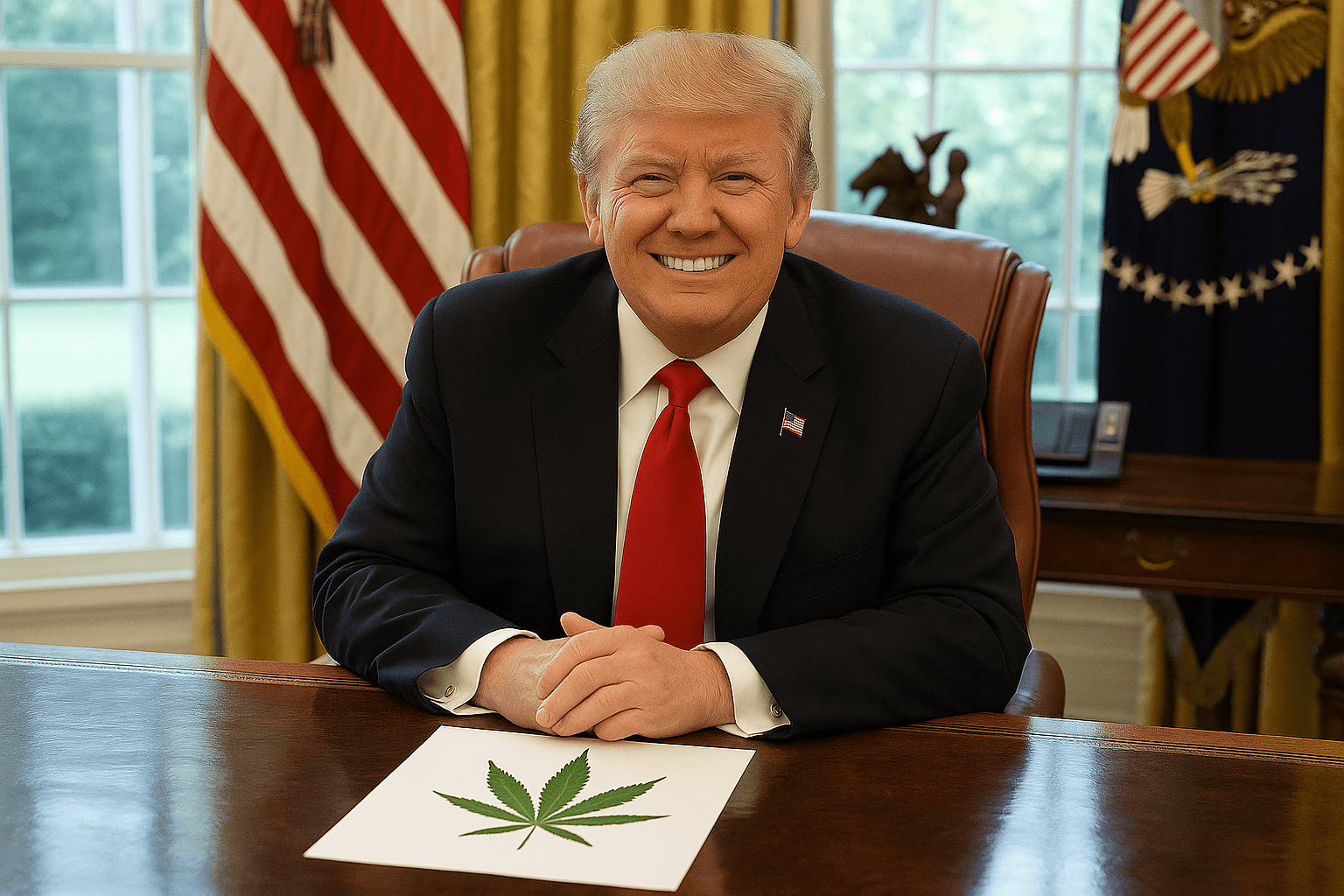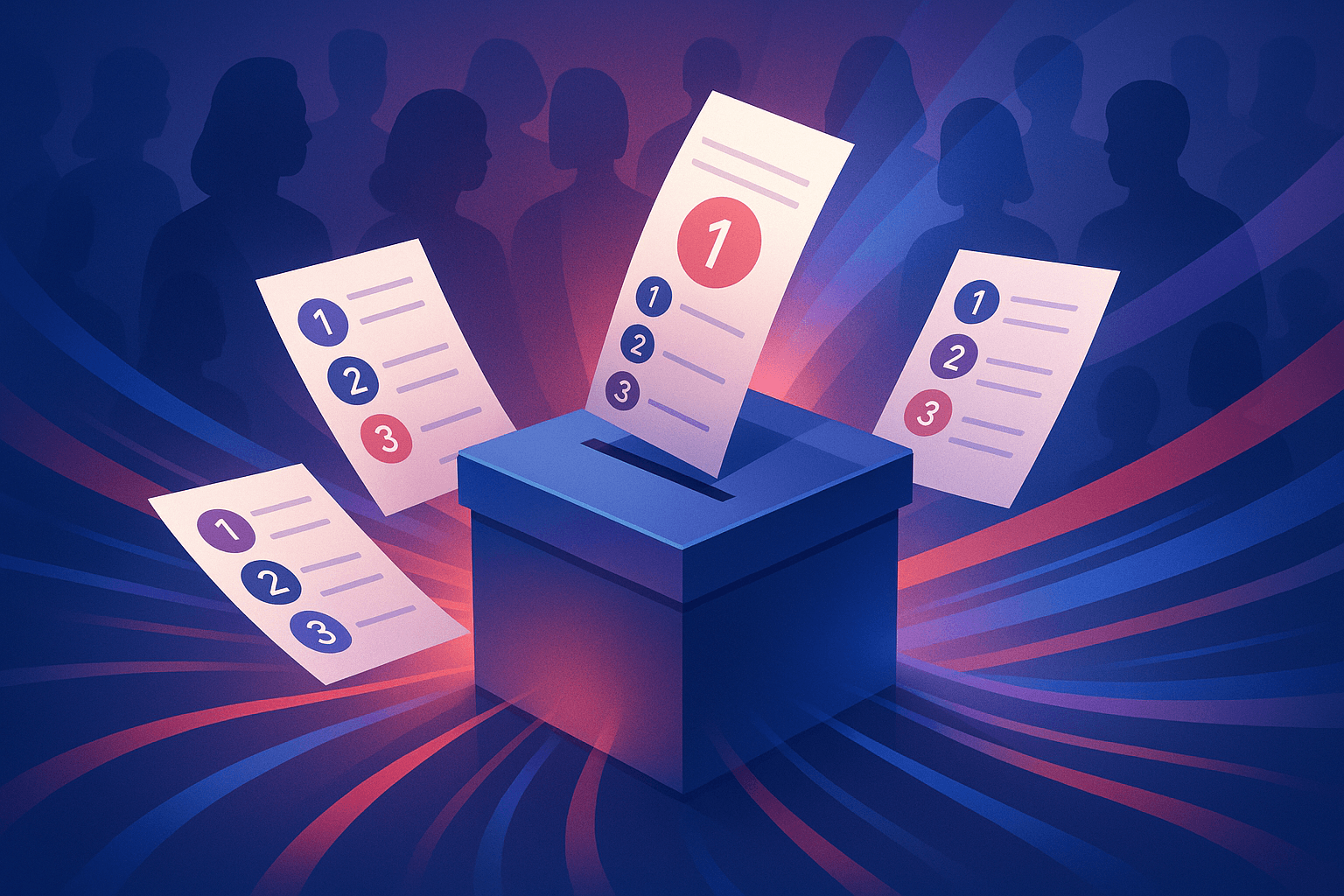Give Independents a Fair Shot

Editor's note: This article was written by Peter Ackerman, chairman of Level the Playing Field, and Larry Diamond, a senior fellow at the Hoover Institution and the Center on Democracy, Development and the Rule of Law at Stanford University. It originally published in The Washington Post.
The prospect of a White House run by former New York mayor Michael Bloomberg has reignited a critical debate about whether it’s possible for an independent to be elected president of the United States.
Consider this paradox: Two of the leading 2016 presidential candidates — Donald Trump and Bernie Sanders — have no history of loyalty to either major party. Yet both decided to run in the party primaries — Trump as a Republican, Sanders as a Democrat — while pledging to support their party’s winner should they not win the nomination. That these two very different candidates came to similar conclusions helps illustrate why there is so much dissatisfaction with our nation’s political system.
As billionaires, people such as Trump and Bloomberg can self-fund an independent campaign, but without adequate liquid resources, all other qualified candidates have no way to mount a serious bid for the U.S. presidency outside the two major parties. This is the product of collusion between operatives from the Democratic and Republican parties who, through the design of hidden rules, jealously guard their duopoly.
Here is one example of an anti-competitive rule: Based on a little-known rider to the 2014 reconciliation bill, Democratic and Republican presidential nominees can now receive $834,000 per person, per year, through their parties for use in the campaigns. But unaffiliated candidates can collect only $2,700 each.
Here’s another: If you are the Democratic or Republican nominee, your party will automatically appear on the ballot in all 50 states and the District. If you are an independent candidate, you must get your name on the ballot through 51 separate signature drives, requiring the collection of millions of signatures.
In the 2012 campaign cycle, Americans Elect (which we, respectively, co-founded and supported) completed the largest signature drive in U.S. history. More than 2.6 million people in 41 states signed our petitions demanding that an independent candidate for president appear on their state’s ballot. The cost was more than $12 million, which is why unaffiliated candidates relying on small donations have virtually no hope of gaining national ballot access.
And here is the most undemocratic rule of all: All those who run as a Democrat or Republican know on Day One that if they win the nomination, they are guaranteed a place in the fall presidential debates. The Commission on Presidential Debates — dominated by Republican and Democratic loyalists — requires all candidates to average at least 15 percent support in the polls just seven weeks before the election.
While 15 percent may seem reasonable, applying such a threshold in a three-way race so late in the election cycle creates an insurmountable Catch-22. Here’s why: A candidate needs to have 60 to 80 percent name recognition to have any hope of polling at 15 percent. But the mass media will not seriously cover an independent candidate until his or her debate status is clarified. The cost of achieving 60 to 80 percent name recognition without significant free media exceeds $250 million. Raising that sum in amounts not exceeding $2,700 per person would be virtually impossible.
It is hard for people to believe that these obscure rules matter so much. Yet this is precisely what the two parties count on to distract the public from their pernicious effects.
Recently, one of the co-chairs of the Commission on Presidential Debates, former Republican Party chairman Frank Fahrenkopf Jr., said on national television that “it would be great” to see a third candidate in this fall’s debates. He did not mention that in October he led a behind-closed-doors vote at the commission to sustain the rule that ensures that no independent other than a billionaire has a real chance to be in the debates.
The good news is that these anti-competitive debate rules don’t have the force of law. With good will and imagination, they can be modified or eliminated.
Instead, a third candidate for the debates could be determined on the basis of a competitive signature drive across the country. Or unaffiliated candidates could compete for a third spot based on a primary for independents. The winner could be decided by May based on verifiable online voting, where potentially as many Americans could vote as do in the two-party primaries. Ideally, independents would be able to compete in state primary elections at the same time as those for the two major parties.
It would be great if Bloomberg decided to run and give the American voter a nonpartisan choice for president in 2016. But what about 2020 and beyond? We think serious and compelling independent candidates would be willing to run for president if they could count on a fair fight between them and the major party nominees.



